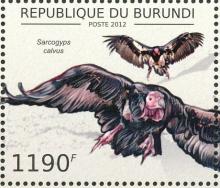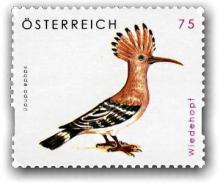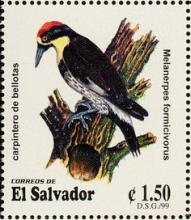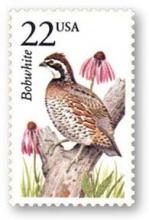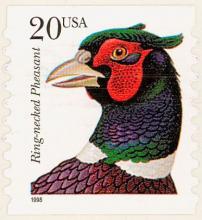Cambodia records 50 percent decline in vulture population in a decade
Cambodia's vultures are facing a high risk of extinction and have seen a 50 percent decline in number since 2003, conservationist groups said in a joint statement on Monday. "Only 121 of the birds were recorded in this year's national census, the lowest number on record since 2003," said the joint statement released by Wildlife Conservation Society (WCS), BirdLife International, World Wide Fund for Nature (WWF), and Angkor Center for Conservation of Biodiversity. "Recent reviews indicate that poisoning is the major threat to the vulture population in Cambodia," the statement said.

